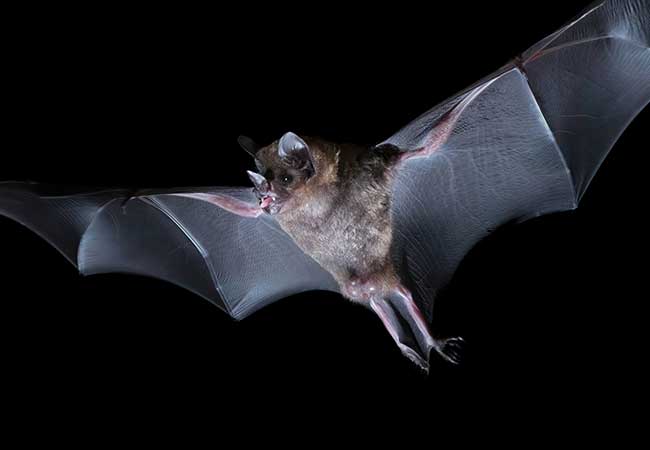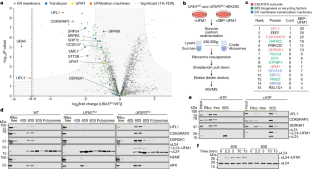2024-02-22 ゲーテ大学

Seba’s short-tailed bat (Carollia perspicillata) filters out important signals from ambient sound and distinguishes between echolocation and communication calls. Photo: Julio Hechavarría, Goethe University Frankfurt
<関連情報>
- https://aktuelles.uni-frankfurt.de/english/neurobiology-how-bats-distinguish-different-sounds/
- https://www.jneurosci.org/content/early/2024/01/19/JNEUROSCI.1588-23.2023
コウモリの脳幹の集団反応における自然刺激に対する逸脱検出 Deviance detection to natural stimuli in population responses of the brainstem of bats
Johannes Wetekam, Julio Hechavarría, Luciana López-Jury, Eugenia González-Palomares and Manfred Kössl
Journal of Neuroscience Published:23 January 2024
DOI: https://doi.org/10.1523/JNEUROSCI.1588-23.2023
Abstract
Deviance detection describes an increase of neural response strength caused by a stimulus with a low probability of occurrence. This ubiquitous phenomenon has been reported for humans and multiple other species, from subthalamic areas to the auditory cortex. Cortical deviance detection has been well characterised by a range of studies using a variety of different stimuli, from artificial to natural, with and without a behavioural relevance. This allowed the identification of a broad variety of regularity deviations that are detected by the cortex. Moreover, subcortical deviance detection has been studied with simple stimuli that are not meaningful to the subject. Here, we aim to bridge this gap by using noninvasively recorded auditory brainstem responses (ABRs) to investigate deviance detection at population level in the lower stations of the auditory system of a highly vocal species: the bat Carollia perspicillata (of either sex). Our present approach uses behaviourally relevant vocalisation stimuli that are similar to the animals’ natural soundscape. We show that deviance detection in ABRs is significantly stronger for echolocation pulses than for social communication calls or artificial sounds, indicating that subthalamic deviance detection depends on the behavioural meaning of a stimulus. Additionally, complex physical sound features like frequency- and amplitude-modulation affected the strength of deviance detection in the ABR. In summary, our results suggest that the brain can detect different types of deviants already in the brainstem, showing that subthalamic brain structures exhibit more advanced forms of deviance detection than previously known.
Significance statement Bats, like all mammals, rely on the identification of regulations and deviations in their acoustic environment. This phenomenon, called deviance detection, has been studied intensively in the past and keeps gaining attention in the field of electrophysiology. Over time, an impressive complexity of deviance detection could be shown, in both animal and human studies. However, complex forms of auditory deviance detection were so far only demonstrated for high-level brain structures. In this study, we show that complex deviance detection beyond simple frequency changes of auditory stimuli is already present in the lowest stations of the auditory pathway, the brainstem. These potentially feedback mediated effects could contribute significantly to the saving of resources very early in the processing of acoustic sounds.


